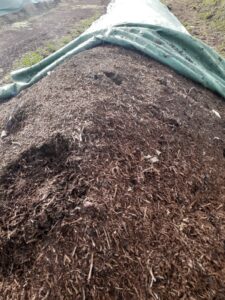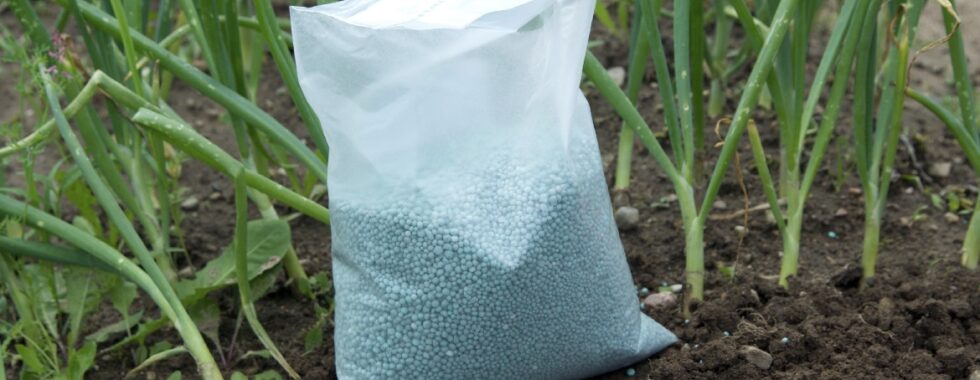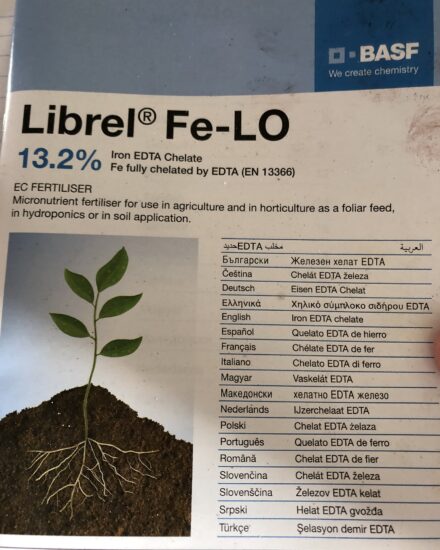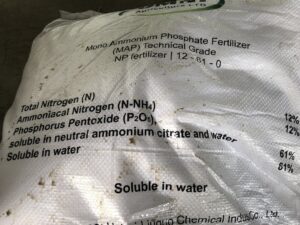Types of fertilizers
Fertilizers are compounds that are used in agriculture to supply nutrients for plants. They can be classified in a variety of ways. A specific fertilizer can belong to multiple fertilizer types.
Classification according to the nature of the fertilizer
Fertilizers can be either organic or inorganic (mineral).
Mineral fertilizers – also referred to as chemical fertilizers or synthetic fertilizers. This type of fertilizers is produced from minerals and gasses, using a chemical process. However, many of them are naturally occurring minerals.
For example, urea is produced by reacting ammonia with carbon dioxide; mono potassium phosphate is produced by reacting phosphoric acid with potassium hydroxide or with potash.
Potassium chloride (Muriate of Potash – MOP), a mineral fertilizer by itself, is mined directly from mineral deposits.
Mineral fertilizers have a high content of nutrients that are readily available for plants.
Organic fertilizers – Organic fertilizers are derived from plant and animal sources. Nutrient concentration in organic fertilizers is lower than in mineral fertilizers. Since plants cannot absorb organic nutrients directly, nutrients must be mineralized first. The mineralization process occurs naturally in soil and is driven by soil microorganisms.
 Compost used as an organic fertilizer
Compost used as an organic fertilizer
Granular versus liquid fertilizers
Fertilizers can be either dry or liquid. Dry, granular fertilizers can be easily stored, are cheaper than liquid fertilizers and usually have higher nutrient content.
Liquid fertilizers can provide a more uniform application and their nutrient availability is usually higher than in granular fertilizers.
Note that when calculating the application of liquid fertilizers, the weight of the fertilizer should be taken into consideration, as nutrient content is usually provided in percentage by weight in all types of fertilizers.
Types of fertilizers according to the rate of nutrient release
Slow release fertilizers supply nutrients slowly and steadily. This allows the nutrients to become available to the crop over an extended period of time and minimizes nutrient losses. The fertilizer granules are coated with a polymer that protects the soluble fertilizer and controls the nutrient release rate.
Some distinguish between slow release fertilizers (SRF) and controlled release fertilizers (CRF). Controlled release fertilizers use a different coating technology. The claim is that while nutrient release from slow release fertilizers is affected by many factors, including soil moisture, temperature and pH, in control release fertilizers the nutrient release is affected only by temperature and lasts longer.
Soluble versus insoluble fertilizers
Granular fertilizers can be either soluble or insoluble. Highly soluble fertilizers are easily dissolved in water and can be used in fertigation. Solubility varies among fertilizers and with temperature.
Insoluble fertilizers last longer in the soil and are less prone to leaching.
Fertilizer types according to their nutrient content
Fertilizers can be classified according to the major nutrients that they contain. For example:
Granular urea contains 46% nitrogen; therefore, it is considered a nitrogen fertilizer.
Ammonium sulfate is also considered a nitrogen fertilizer, as nitrogen is the main nutrient it provides.
Micronutrient fertilizers contain one or more of the essential micronutrients: boron, iron, manganese, zinc, copper and molybdenum.
Micronutrient fertilizers can be further classified as chelated or not chelated. A chelate is a compound that surrounds the metallic ion and make it available for plants. Chelated micronutrients are available to plants at a wide range of pH, while non-chelated micronutrients will be only available in soils with pH <7.0. Non-chelated micronutrients usually come in a form of sulfate micronutrients. For example, iron sulfate and copper sulfate.
Label of a chelated iron fertilizer
Compound versus straight fertilizers
Compound fertilizers are a type of fertilizers that contain more than two of the major nutrients. There are many possible N-P-K combinations that can form compound fertilizers. For example, 17-10-27 fertilizer contains 17% nitrogen, 10% phosphorus as P2O5 and 27% potassium as K2O.
Simple fertilizers contain only one or two major elements. MAP, urea, potash and ammonium sulphate are examples of straight fertilizers.
Bag of MAP fertilizer (Mono Ammonium Phosphate)



